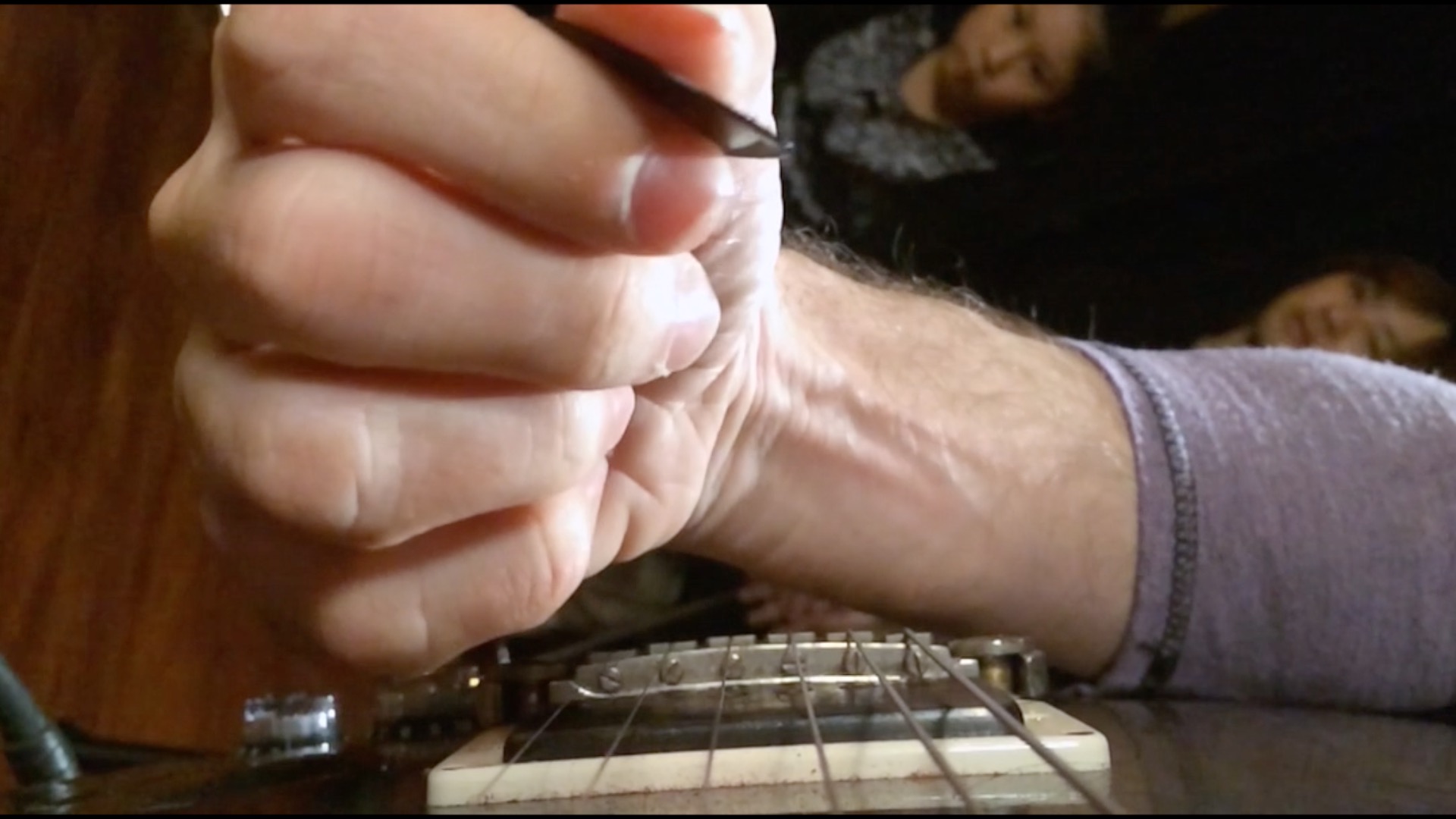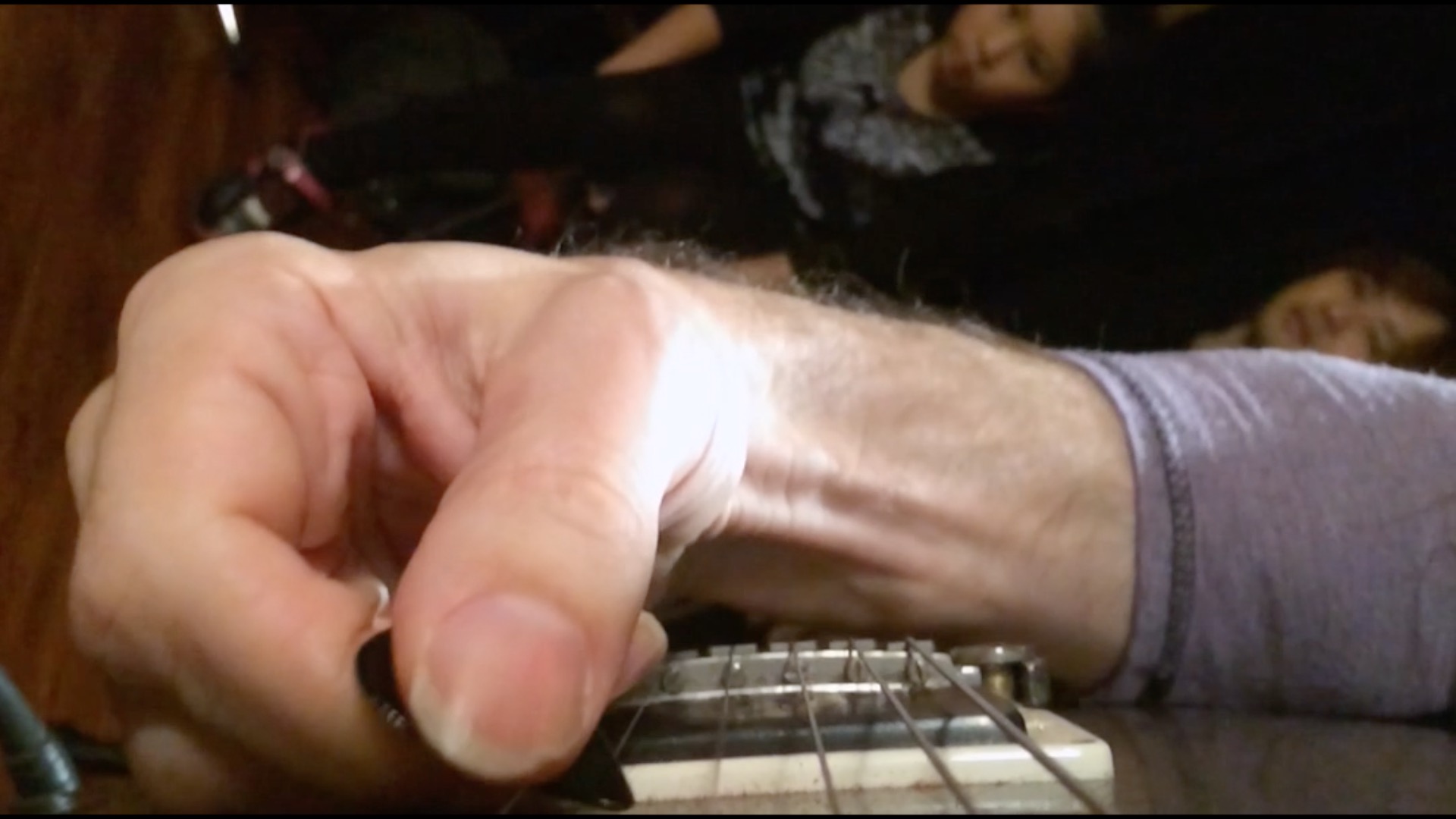Indeed, that is one part of the story for me. The other aspect I noticed is that, in outside changes, I get close to the “correct string” with the pick having low/zero velocity. So it feels easy to set it in motion again with a little push without it going in the wrong place.
In contrast, in the inside change the pick is already travelling fast when approaching the new string to be played, so that even small adjustments seem to result in big changes in the pick trajectory, and this gives me a feeling of having somehow less control. To summarize, controlling the deceleration of the pick seems more challenging than controlling its acceleration, if that makes sense.
To me, the difference between the two becomes particularly obvious with large string skips. What about you @Troy, do you start feeling some kind of inside/outside difference when you have to skip multiple strings?
This is an interesting point, and I agree with you that it is in principle possible to reduce the difference in feel, particularly across small distances (not sure about the big string skips as above). The “descending inside” change feels quite easy for me, for example (e.g. in the Gilbert descending 6s lick).
More generally, in “odd notes per string” scale playing, the many discussions we had made me realise that I can reduce the inside/outside difference by limiting the amount of forearm rotation, ideally going “wrist only”. But I know this must not be a general law, as you seem to do pretty much everything with any of the available mechanics!


